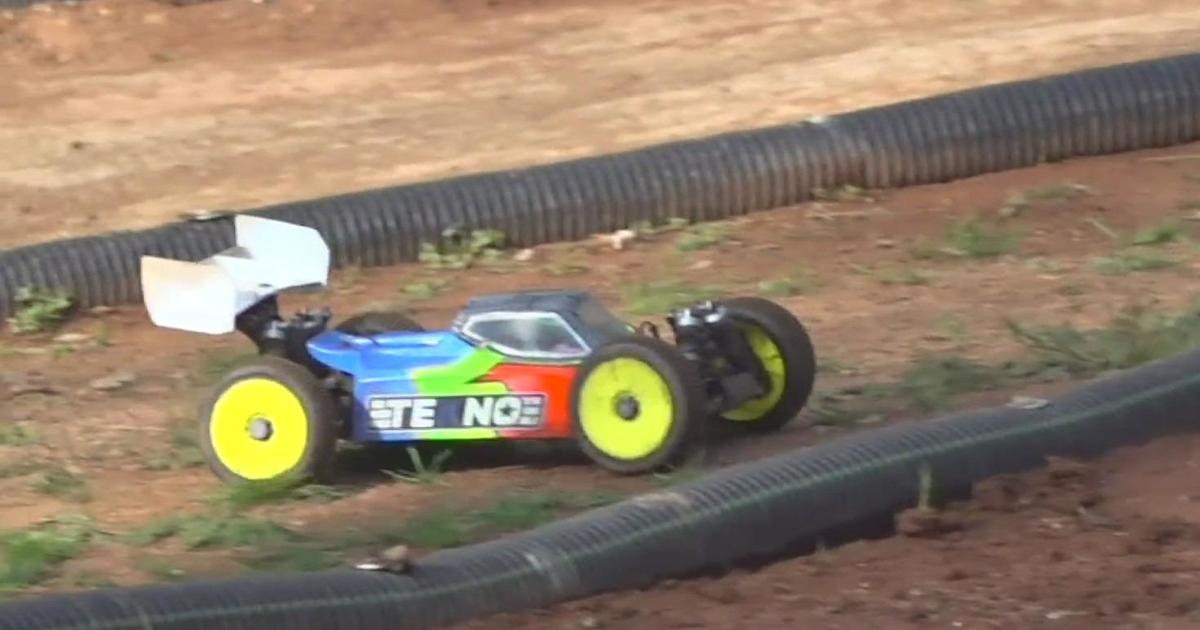NASA Studying Space Weather To Predict Earth's Weather
SACRAMENTO (CBS13) – NASA is celebrating its 10 year anniversary of a launch of twin satellites headed to the sun.
The mission? To give us the first 360-degree view of our life-sustaining star.
The satellites give us a view of the heavens and the weather around it.
Yes, Space has weather. And the sky's the limit when it comes to terrestrial weather forecasting, but it turns out there are storms out of this world that can affect everyone in it.
Just like the earth, the sun can have storms – solar storms.
"Huge eruptions that happen on the sun and travel through the whole solar system," Dr. Alex Young said.
These eruptions send particles from the sun that disrupt the magnetic sphere around our planet.
They can be deadly to astronauts and wreak havoc on the earth.
"It can disrupt communication and navigation systems, it can bring down power systems," said Dr. Georgia de Nolfo.
In an effort to better understand and forecast these storms, 10 years ago NASA launched STEREO: Solar-Terrestrial Relations Observatories. We had previously only been able to see the sun from one angle: Earth.
"But once we launched the twin stereo spacecraft, we then now had a side view and a back view of the sun," Young said.
Over the years, this has allowed us to see and measure a 3-D structure of the ejection of these solar storm systems toward Earth and better understand how the sun is changing on all sides.
STEREO has come to the final days of its mission, but it has laid the groundwork for another, much more exciting mission to "touch" the sun in 2018.
"Solar Probe Plus is going to fly 25 times closer to the sun than the Earth is, within four million miles of the surface of the sun," Dr. Eric Christianson said.
This would take it to the closest vantage point than any other man-made object in history.
"We are in some aspects going to fly through the cloud tops so to speak, and scoop up pieces of the sun's atmosphere and measure it at its source," Young said.
This probe is supposed to have a solar shield that can withstand up to 2,500 degrees Fahrenheit, allowing it to get seven times closer to the sun than the current record holder Helios.



